Time travel, particularly backward time travel, is a concept that has captivated imaginations for generations, fueled by countless movies, books, and TV shows. The allure of correcting past mistakes, revisiting historical moments, or even altering personal timelines is undeniably strong. While often relegated to the realm of science fiction, the question remains: is traveling back in time merely a fantasy, or does physics offer any possibility of making it a reality?
For a long time, the idea of backward time travel seemed impossible, bordering on paradoxical. The famous “Grandfather Paradox” illustrates this point perfectly: if you could travel to the past and prevent your grandparents from meeting, you would cease to exist, creating a logical contradiction. However, Einstein’s theory of general relativity has opened up intriguing possibilities, suggesting that under certain conditions, time travel might not be entirely out of the question.
Understanding Spacetime and Time Dilation
Einstein revolutionized our understanding of time and space by uniting them into a single entity: spacetime. Instead of being separate and absolute, space and time are interwoven. This concept is crucial to understanding how time travel might be conceivable.
One of the key implications of Einstein’s theories, particularly special relativity, is time dilation. Time dilation means that time passes differently for observers moving at different speeds relative to each other. If you are stationary, you experience time at its normal rate. However, the faster you move through space, the slower you move through time. This effect becomes significant as you approach the speed of light.
Imagine a scenario where you travel in a spaceship at a speed close to the speed of light. For you on the spaceship, time would pass much slower than for someone on Earth. Upon returning to Earth, you would have aged less than those who remained behind. This is a real phenomenon, experimentally verified, and is a form of time travel – travel into the future. The faster you travel through space, the further into the future you travel relative to a stationary observer.
Wormholes: Bridges Through Spacetime
While time dilation allows for travel into the future, traveling back in time requires a more exotic concept: wormholes. Wormholes, also known as Einstein-Rosen bridges, are theoretical tunnels through spacetime that could connect two distant points, potentially even points in different times.
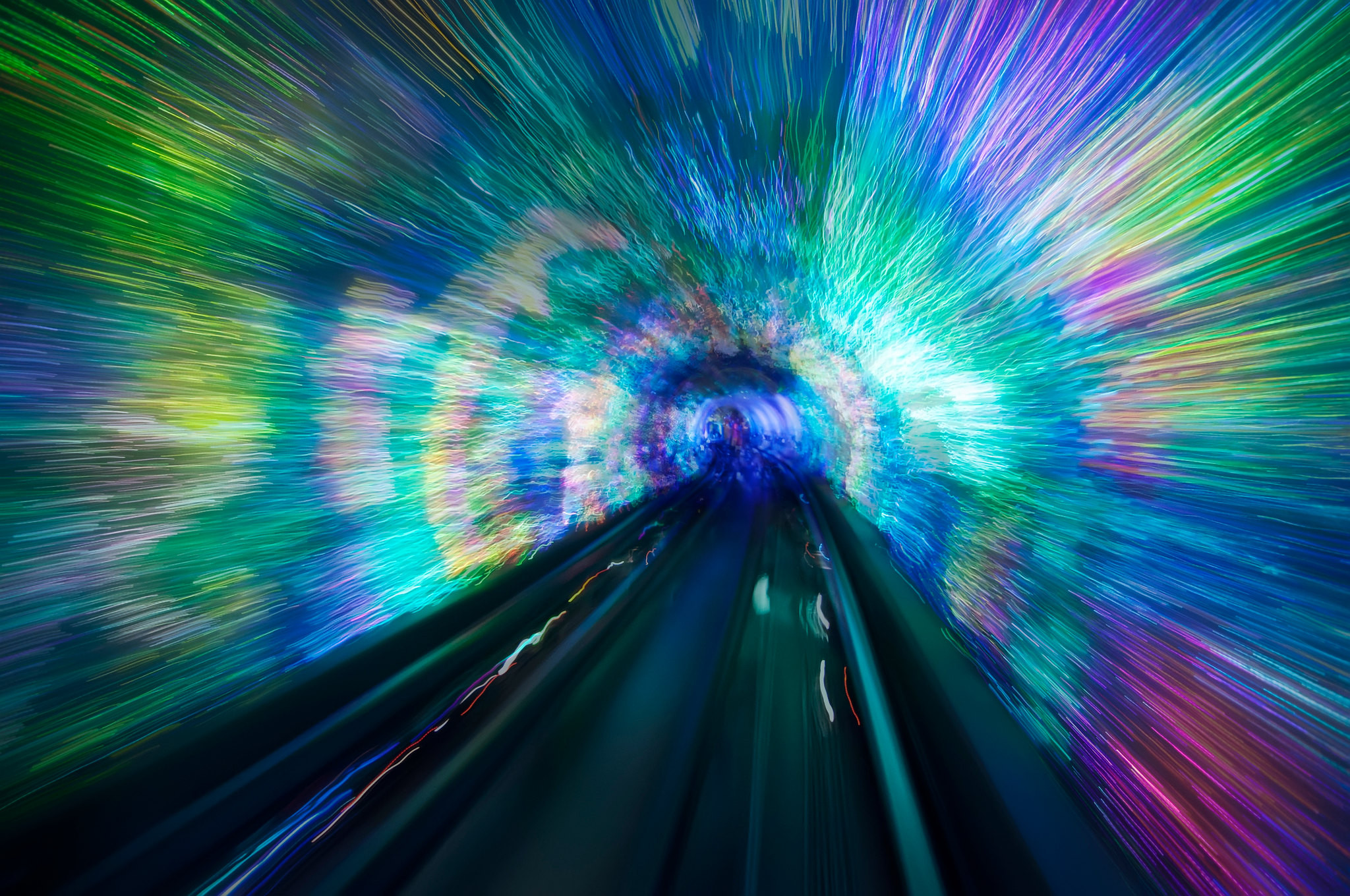 warp drive analogy
warp drive analogy
Think of spacetime as a fabric. A wormhole would be like folding this fabric in such a way that two far-off points are brought close together, creating a shortcut. Instead of traveling the conventional distance through space, one could theoretically pass through the wormhole and instantly arrive at the other end, which could be located at a different place and time.
The idea of wormholes arose from Einstein’s general relativity in the 1930s. Mathematically, wormholes are allowed solutions to Einstein’s equations. However, their physical existence remains unproven. Furthermore, maintaining a stable, traversable wormhole is thought to require exotic matter with negative energy density, a substance that has not yet been observed and may not exist.
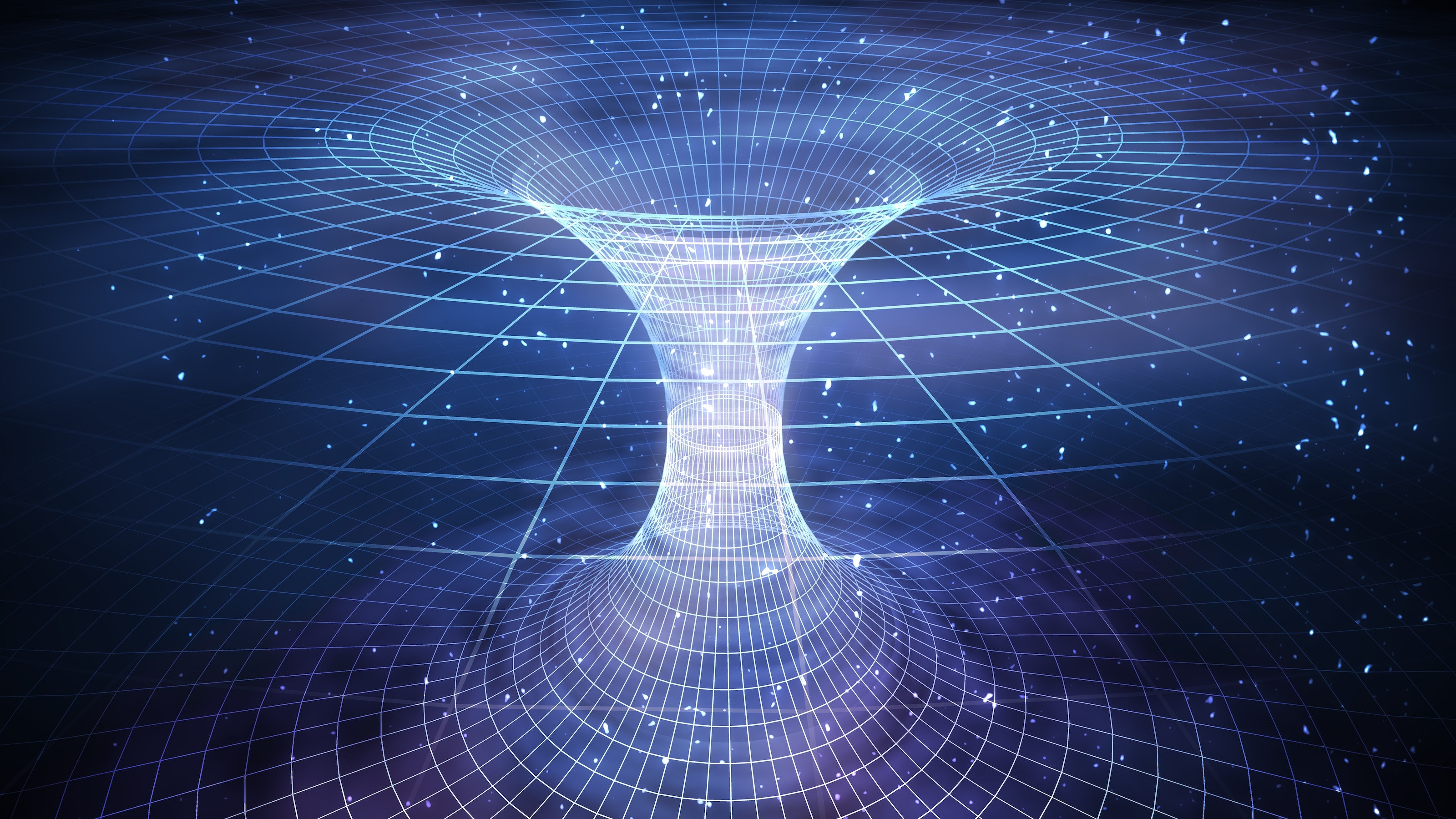 wormholes
wormholes
Black Holes, White Holes, and Quantum Wormholes
The concept of black holes and their theoretical counterparts, white holes, is also linked to wormhole theory. A black hole is a region of spacetime with such strong gravity that nothing, not even light, can escape from within its event horizon. Some theories propose that entering a black hole might lead to a wormhole, connecting to a white hole in another region of spacetime. White holes are theorized as the time-reversed counterparts of black holes, where instead of matter falling in, matter is ejected out.
While macroscopic wormholes large enough for humans to travel through remain highly speculative, quantum mechanics introduces the idea of microscopic quantum wormholes. At the quantum level, spacetime is thought to be fluctuating and foamy, with tiny wormholes constantly forming and disappearing due to quantum fluctuations of energy. These quantum wormholes are extremely small and short-lived, but they suggest that wormhole-like structures might be fundamental to the fabric of spacetime at the smallest scales.
Time Travel Paradoxes and Potential Resolutions
The possibility of time travel inevitably raises the specter of paradoxes, most famously the Grandfather Paradox. If time travel to the past were possible, could you alter history in ways that create logical inconsistencies, like preventing your own birth?
Interestingly, some theories suggest that the very mechanisms that might enable time travel, such as wormholes, could also prevent paradoxes. One idea is that the laws of physics might conspire to prevent actions in the past that would alter the timeline in a paradoxical way. Another concept is that timelines might be self-correcting, or that traveling to the past might lead to branching timelines or parallel universes, thus avoiding direct contradictions within a single timeline.
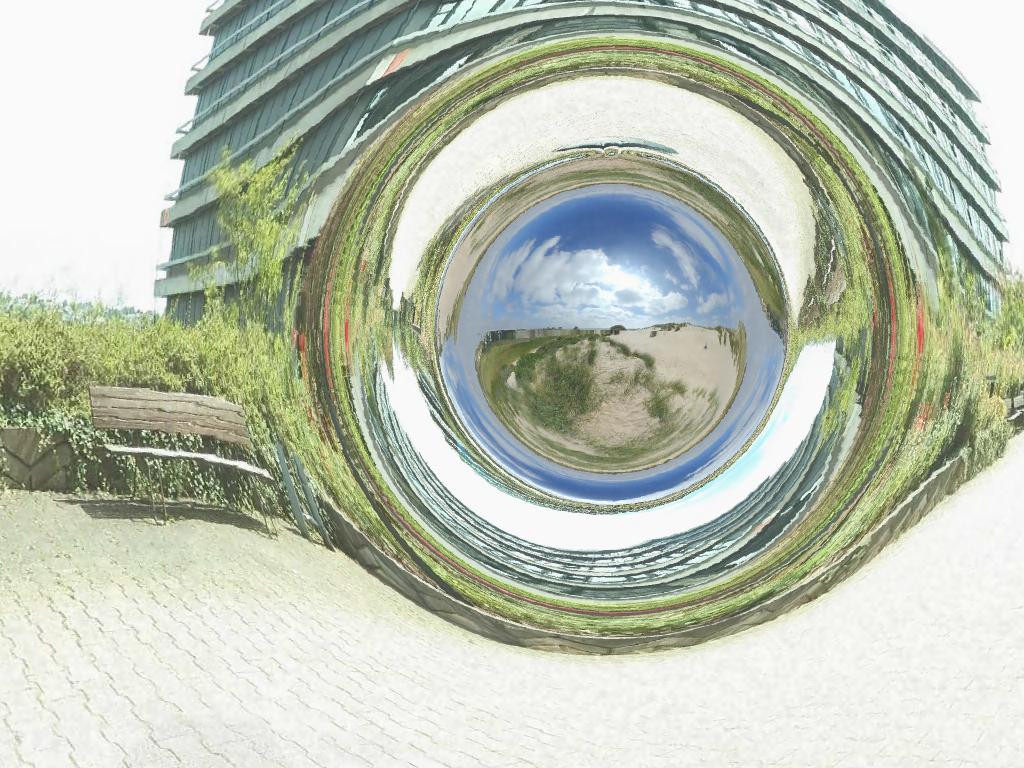 wormhole visualization
wormhole visualization
Creating a Time Machine: The Challenges
Even if wormholes exist and traversable wormholes are theoretically possible, the practical challenges of creating a time machine capable of backward time travel are immense.
- Exotic Matter: Creating and maintaining a stable wormhole likely requires exotic matter with negative energy density. We have no evidence that such matter exists in sufficient quantities, or if it can be manipulated.
- Energy Requirements: The energy requirements to create or manipulate wormholes would likely be astronomical, far beyond our current technological capabilities.
- Wormhole Stability: Even if a wormhole could be created, it’s uncertain if it would be stable and traversable, or if it would collapse quickly.
- Paradox Prevention: While some theories suggest paradoxes might be avoided, we don’t fully understand the implications of time travel and whether unforeseen paradoxes or consequences might arise.
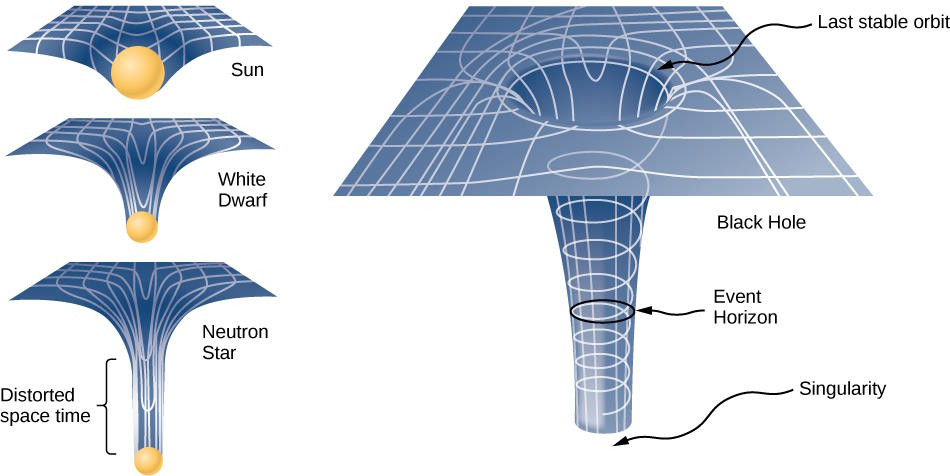 curved spacetime black hole
curved spacetime black hole
Time Travel to the Past: Theoretically Possible, Practically Implausible (For Now)
In conclusion, while Einstein’s theories of relativity open the door to the theoretical possibility of traveling back in time through wormholes, it’s crucial to emphasize that this remains firmly in the realm of theoretical physics. There is no experimental evidence that wormholes exist or that backward time travel is possible. The practical challenges of creating a time machine, if even feasible, are far beyond our current scientific and technological capabilities.
 Accelerate twin round trips, exploring relativity.
Accelerate twin round trips, exploring relativity.
For now, traveling back in time remains a captivating concept in science fiction. However, the ongoing exploration of spacetime, quantum gravity, and the universe may one day reveal new insights that could change our understanding of time travel. Until then, we can continue to explore the fascinating theoretical possibilities while acknowledging the significant hurdles that stand in the way of making backward time travel a reality.
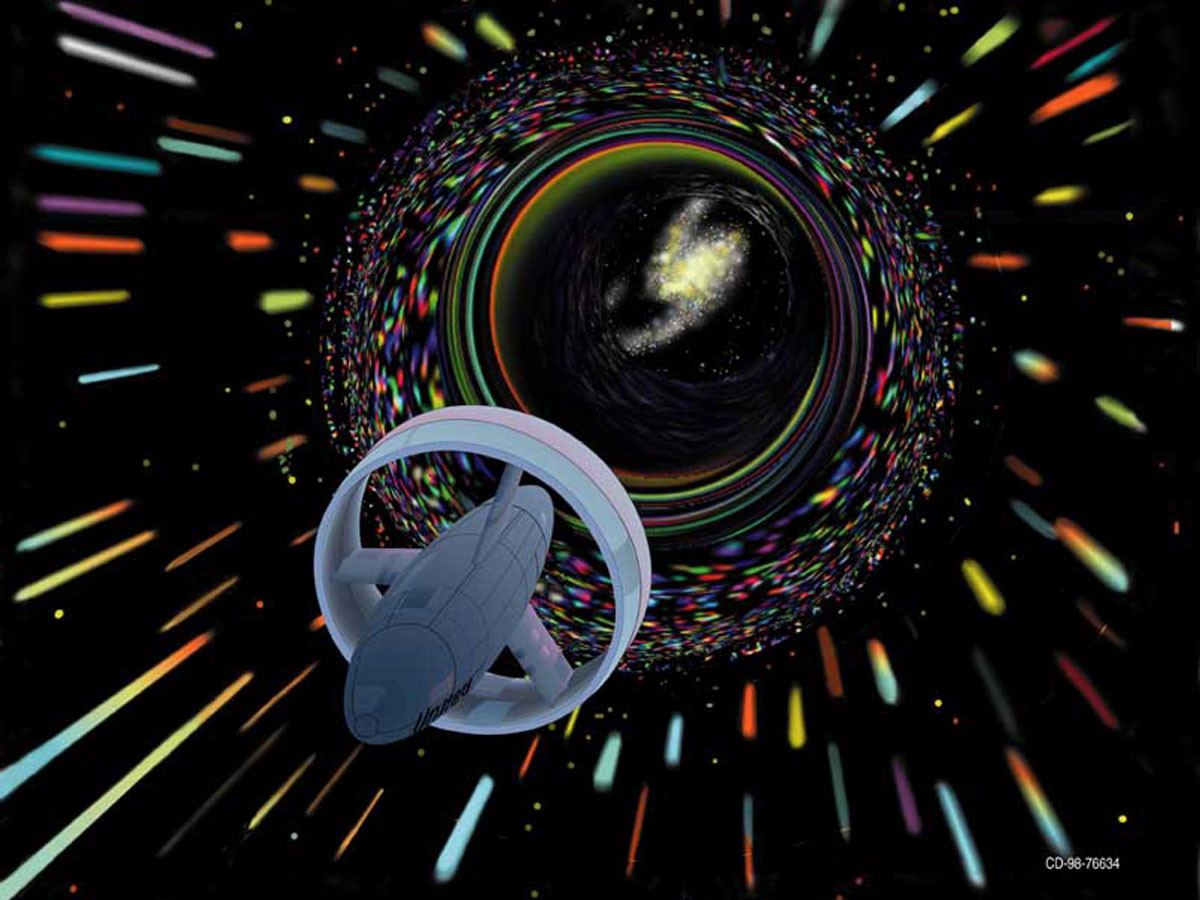 wormhole nasa illustration
wormhole nasa illustration

